Adgully Exclusive | Crystal Gazing- Print in 2011
So will it be the regional markets that will increase the readership statistics for print or will it be the top players who will go an extra mile to come out with innovations in our much loved medium -newspaper? We ask the industry leaders to point out some of the trends for the year and this is what they had to say-
Rahul Kansal, Chief marketing officer, Times of India:
Back to Boom
2010 saw a confident recovery in the economy and, as a result, in advertising revenues accruing to the print industry. From a sharp de-growth in almost all sectors of print through 2009 and early 2010 (with the 'top' end of the market - English newspapers in large metros - showing declines of up to 20%), the ad market bounced back to levels well beyond the earlier highs. The year-end festive season saw euphoric spending by brands across hues, and the print industry is celebrating again.
We enter 2011 with the expectation of the recently witnessed growth not just holding but perhaps revving up further. Across sectors of the economy, projects shelved in the downturn are being resurrected. New IPOs are being lined up, new brands launches temporary put on hold are back on the drawing board. Recruitment is on a roll again and with it, the education sector. The print industry as a whole could easily grow by 15-18% in the coming year, with stronger print brands growing at up to 20-25%.
Within this overall picture of boom, what could be some of the sectoral trends?
The happening hinterland
Over the past 5 years, advertising spends have spread more equitably, with mini metros and smaller towns progressively accounting for a greater share of the ad pie. Last year saw a further consolidation of this trend: the slowdown was most dramatically felt at the upper socio-economic end of the economy, while smaller towns and middle class consumers did not feel the brunt as much. As a result, the language print segment was not hit by the slowdown anywhere as severely as English; nor were smaller town editions, as much as the erstwhile boom towns of Bangalore, Pune and the like.
The recovery in the current year has already witnesses a correction of the above skew, and English/ large metros have witnessed higher absolute growths to make up for their higher losses. However, as the factor of correction runs out, the natural propensity for a higher level of growth in smaller towns and lower SECs will re-assert itself. With it, one would expect language papers to continue to outpace the market as a whole. The segment has seen a lot of market development activity even over the past two years - eg the expansion of Hindustan into several towns of UP and of Rajasthan Patrika into new towns of MP); with the good times returning, one would expect to see a further acceleration in the expansion of the geographical footprint of various language brands.
Amongst English dailies, one expects to see the march into Tier II towns pick up with renewed vigour, after a shelving of most such plans over the past two years. English is spreading at a remarkable rate even in cities traditionally dominated by the local language (eg in states like Rajasthan, MP and Gujarat) and today an English daily could well reach the threshold needed to wean a sizeable market away from language.
The vast vertical space
As newspapers cater to larger and an ever-wider range of audiences, they have progressively resorted to a one-size fits all approach targeted at the lowest common denominator. In the process they have largely ignored an important counter-trend in reader tastes - that of increasing specialization of interests. They seem content to cede this emerging space to magazines, who are reviving their sagging fortunes in the general interest space with new offerings in a host of vertical niches ranging from travel to popular tech and music. Of course the internet is a master of specialised information and deep passions, and is also drawing away readers interested in engaging deeply in subjects they are passionate about.
Newspapers cannot ignore this emerging need for deeper content and I believe will increasingly seek way to marry the requirement of width that their new size brings, with an increasing depth of special interests amongst readers. The past year or two has seen experiments like the TOI's Crest Edition, Speaking Tree and ET Wealth, as well as vertical supplements on niche subjects like gadgets and gizmos, travel, health etc by several newspapers. The coming year will see further experiments by newspapers, targeted at special reader interests and passions.
Digital dilemmas
The print industry in India has so far staved off the threat from online rather well. We are likely to see a progressive increase in this threat, especially with smart phones becoming more commonplace. Most print brands will be putting a lot more energy into making available their content on the 'third screen' in a more searchable, readable and easier-to-interact way. But the real danger of audiences shifting en masse from print to online is still some time away and the coming year is unlikely to see a significant change in the current power equation between print and online - at least in terms of revenues.
A search within
Over the past couple of years, the Indian media has become increasingly strident and self righteous in its censure of all manner of wrongdoings in public life. It seems to have rediscovered with a new zeal, its calling as a watchdog of government and society. But the revelations of the Radia tapes - coming on the back of a lot of disquiet on the subject of paid news - will compel the print media to look inwards, and install new norms of ethics and self regulation. This would not merely be in the interest of the nation and society at large, but also in the self interest of individual media brands as they seek to attract the best talent and build strong equity with readers.
So clearly, the coming year is likely to be a heady one in terms of growth of business. Whether the industry merely basks in the glow of the boom, or takes steps to steer the industry towards a better and more sustainable long term future, remains to be seen.
Dipankar Das Purkayastha, Managing Director and Chief Executive Officer, ABP Pvt Ltd.:
After one and a half year of recession the Print media has rebounded with impressive top line growth. Moreover, most of the players reduced their cost base during those difficult years. These two factors combined is delivering healthy profits. The industry which almost went into a shell will now be looking forward to growth opportunities. The following trends are expected.
Organic and Inorganic growth
The year 2011, I believe, the Industry will experience both organic and inorganic growth. The growth would happen within print through new launches and editions. And beyond print, diversifying or strengthening in other media like TV, Internet, Mobile, Radio or Events.
Localisation
With rising literacy and aspirations the readership in non-metro urban and rural areas are growing while the metros are showing signs of saturation.
As a result, it is expected that we would see more local editions being launched and content becoming more local.
Market Segmentation
The advertisers have realized the potential of these new markets and they are re-arranging their advertisement budgets with more skew to these local markets. The recent Ernst & Young report on the growing power of the tier 2 and tier 3 markets corroborates this. As a result we would see a trend towards market segmentation through new or split editions so that the advertisers get the value for money.
Events
The advertisers are preferring to touch and feel their TGs and as a result they are spending a lot in BTL activities. Many of the print publishers have strengthened their events function to reap this benefit. We would see that those lagging behind would also start concentrating on events to get a share of the BTL pie.
Newsprint
The major element of cost seems to be contained. The newsprint prices are unlikely to go up and we can expect the existing price level to continue.
Deals
With the industry delivering high returns, there is a possibility of new investments by strategic or financial investors.
Challenges
1. High performing team
2. Competition from other media
With the growing ad spend, Television will try to garner bigger share of the pie. Print media will have to plan its strategy to overcome this potential threat. Those publishers who already have multi media platforms will offer more and more cross media advertisement solutions. Although the print publishers will build their digital properties, digital is not expected to be a competitive threat to print in the foreseeable future.
I Venkat , Director , Eenadu Group:
Our plans for the year ahead is to consolidate our position as No.1 in the A P market.
The trends and challenges for the next year will be increased competition, cut-throat discounting. The challenge for us would be maintaining better yield per every sq cm.
M V Shreyam Skumar, Director -Marketing, Mathrubhumi:
The future of media is synergy and convergence.
Synergy both across media platforms, and between organizations. Examples being Mathrubhumi venturing into the television domain, our latest foray after entering radio airwaves, and our strategic partnership with Bennett Coleman & Co Ltd., to print Times of India in Kerala. The paradigm for sharing infrastructure was laid down by the tower-sharing revolution of cellular operators. It can logically be extended into a successful niche publication in a regional language being marketed in another language using the expertise of a media house in that language.
Convergence would be the greatest challenge for a traditional medium like print. The age of mobiles has just dawned. Our relevance would dictate providing authentic, tightly edited, mobile news feeds.
Keep an eye out for rapidly emerging trends - the social networking phenomenon in driving customer engagement. Evolving an innovative self-developed framework for integrating and aggregating readers' comments and social media into news would be a frontier challenge. Ensuring quality in readers' participation takes a lot of effort, since much of comments are just chaff rather than substance. Readers are to be encouraged to report any factual error they might notice.
There will be a grater ménage à trois among technology, communication and entertainment. To paraphrase, the mix and not the medium will be the message.
Tomorrow will be the end of our week-long series as we get you Crystal Gazing- Brands in 2011 | By Prabha Hegde {prabha(at)adgully.com]




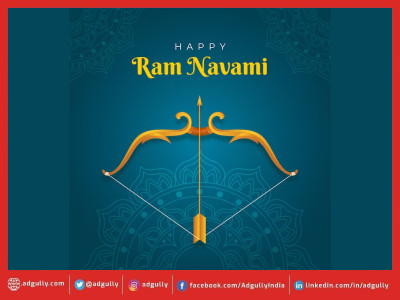
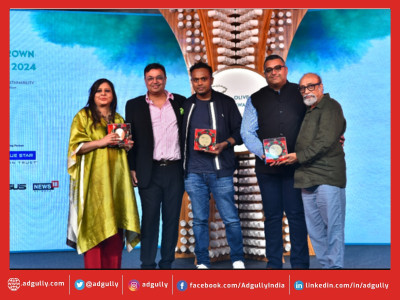

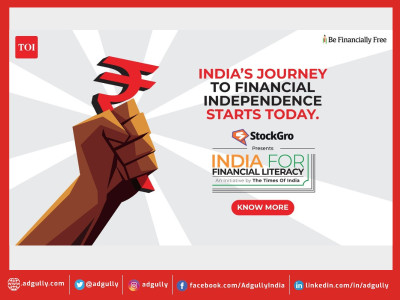


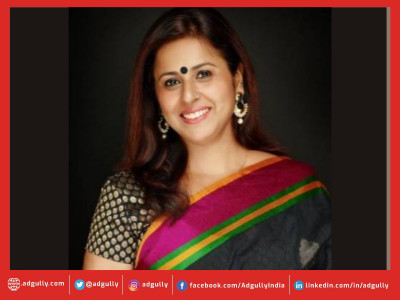


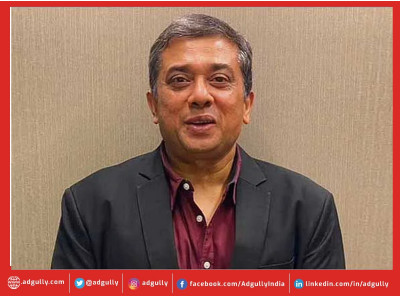




Share
Facebook
YouTube
Tweet
Twitter
LinkedIn